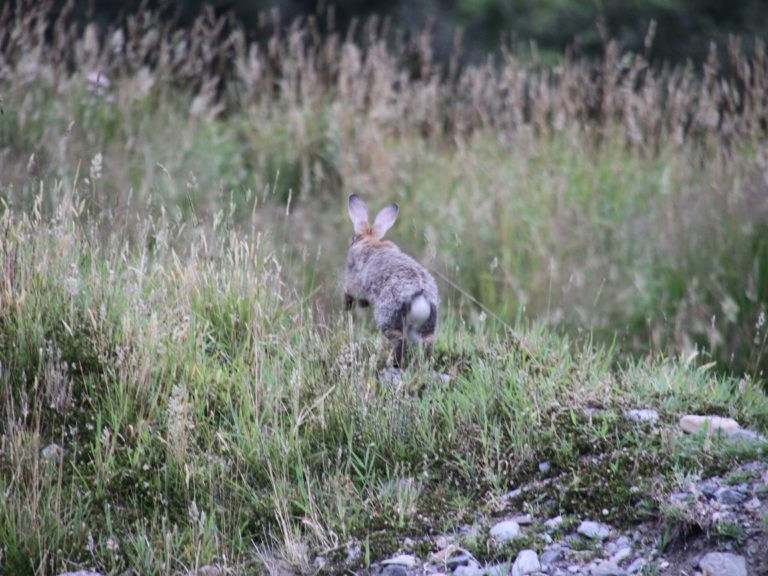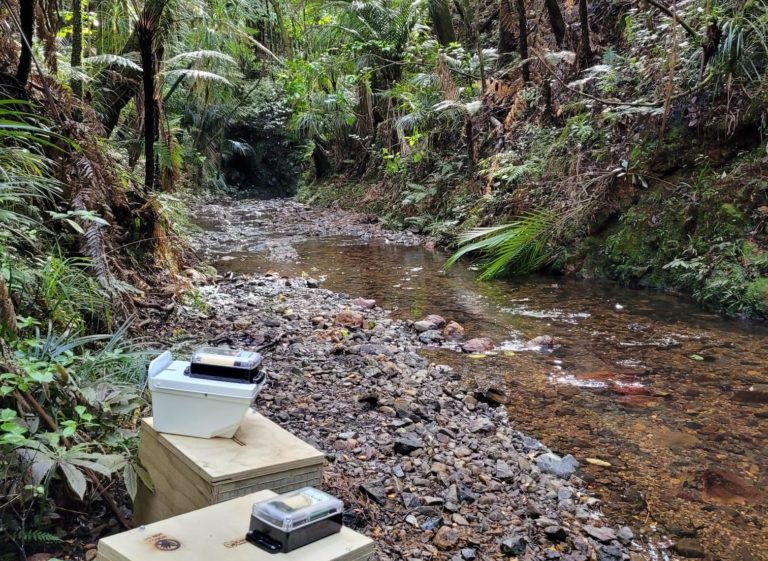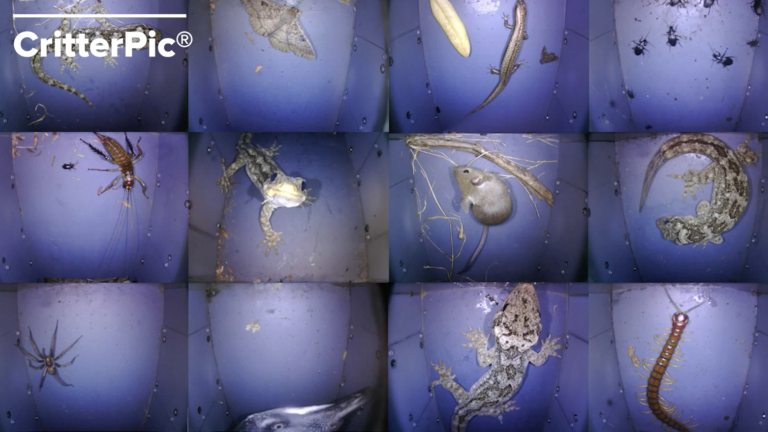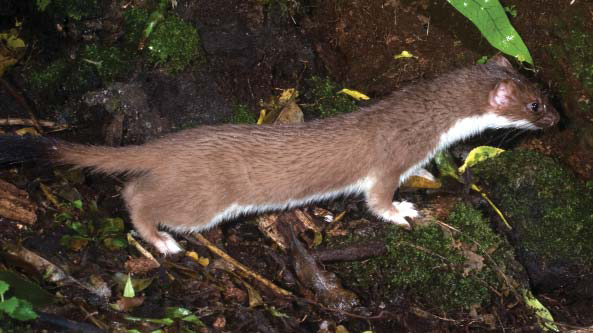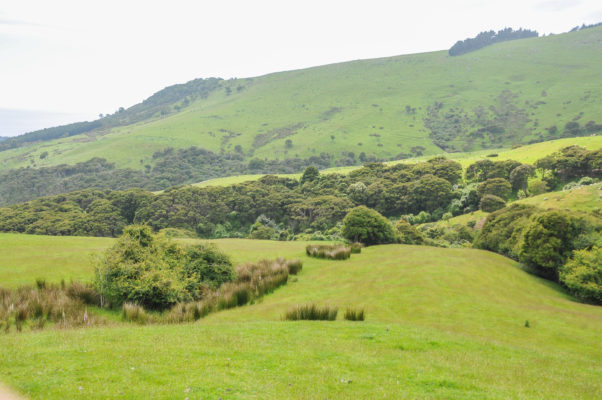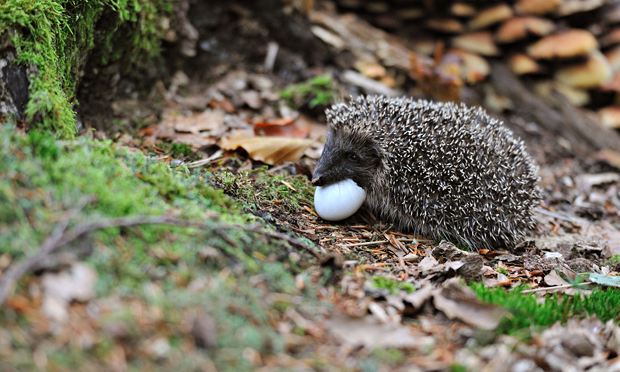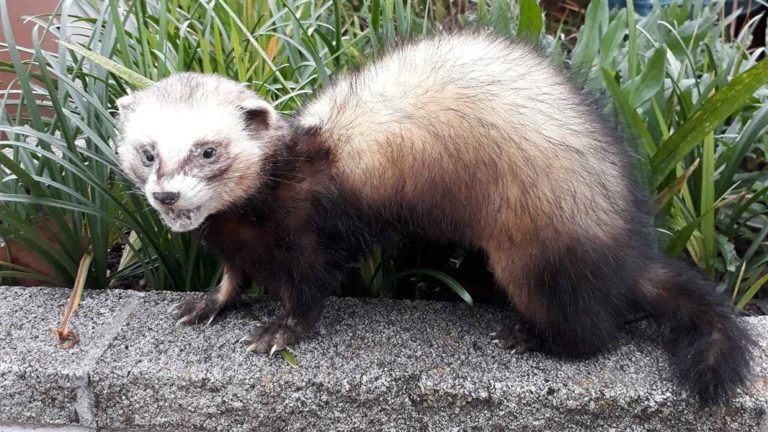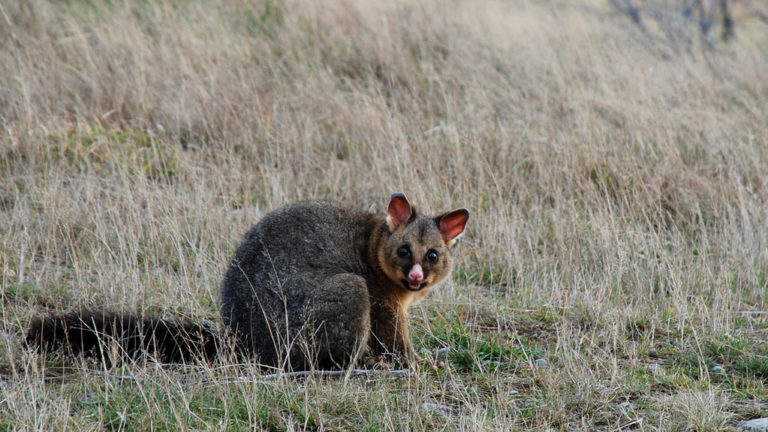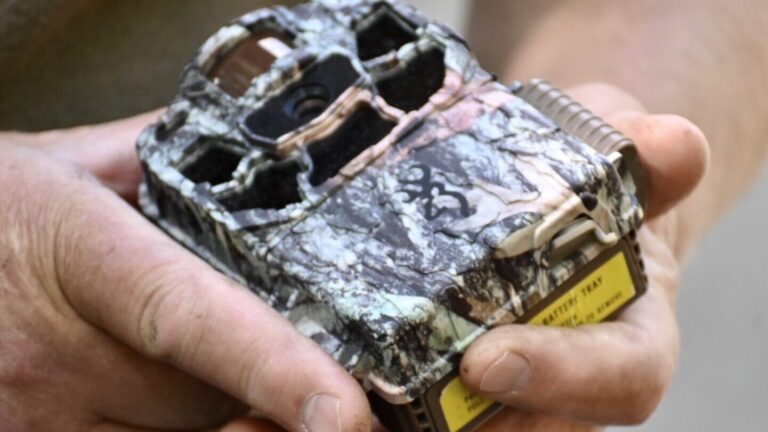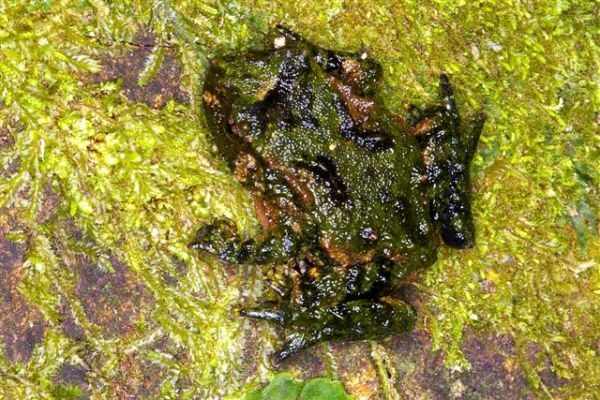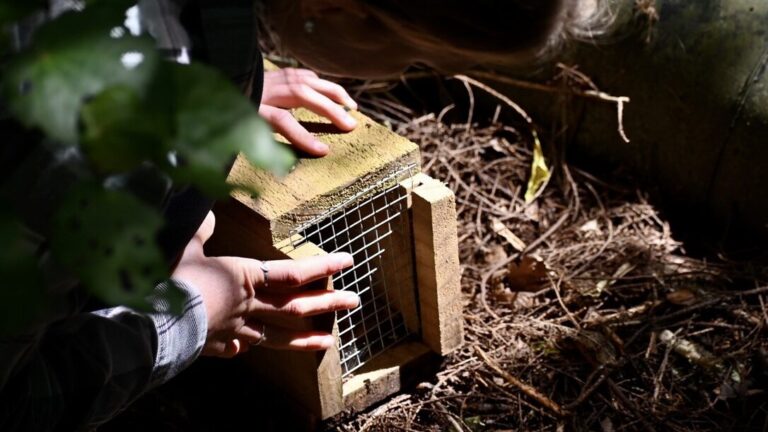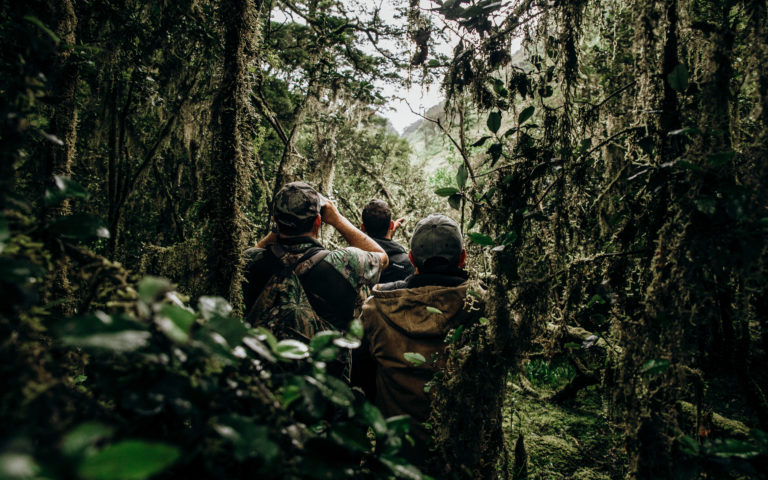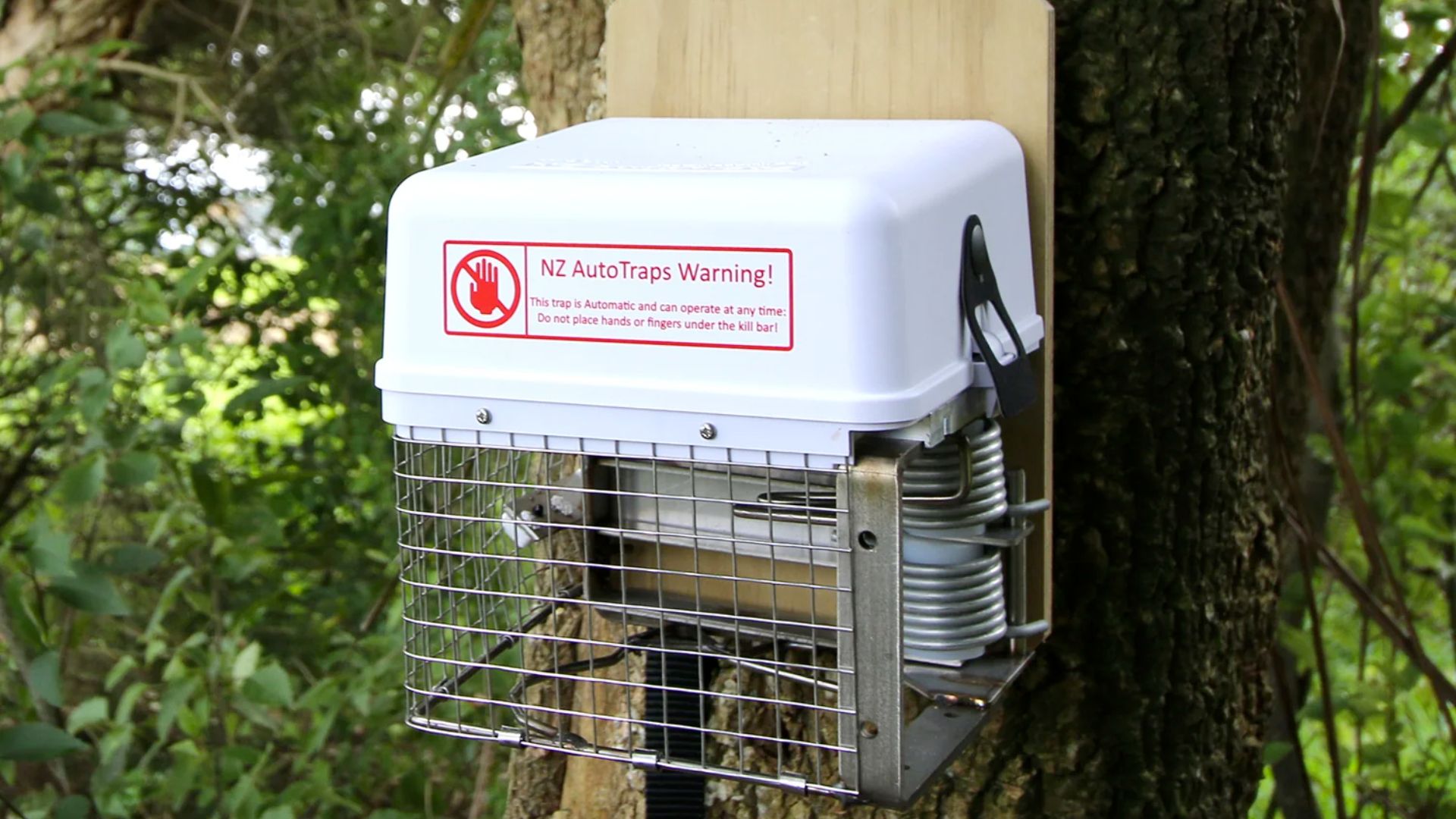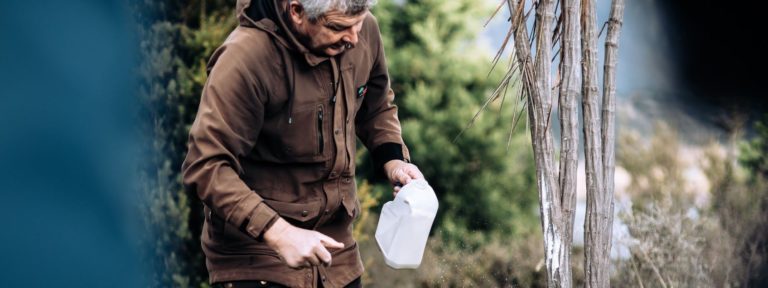Other articles tagged with Tools and techniques
Rabbit control could help us towards a predator free future
If you can’t get rid of every single rat or stoat the few survivors suddenly find themselves with ample food supplies and very little competition.
From products to projects with Predator Free 2050 Limited
Funding from Jobs for Nature Mahi mō te Taiao programme and the Provincial Growth Fund, Predator Free 2050 Limited has been able to invest $11.3 million in funding for 15 companies developing predator eradication tools and ‘best practice’ for their use.
Emerging technologies for predator control and what to do about feral cats
Dr Helen Blackie from Boffa Miskell talks about some of the latest technologies to control introduced predators in Aotearoa New Zealand.
Genomics, Stoats, and Predator Free New Zealand
In this talk, Dr Veale describes some of his recent work focusing on how genomics may assist us achieve our goal of controlling and potentially eradicating invasive predators from Aotearoa.
Starter’s Guide to Predator Control on Farms
Introduced predators create havoc on farms. In this webinar, Cam Speedy, a predator control expert, discusses how predator control can make a significant difference on your land.
Hedgehog control in the Mackenzie Basin
Nick Foster talks about his research on the movement and habitat use of hedgehogs in upland areas.
New techniques and tools for stoat and ferret control
Helen Blackie from Boffa Miskell explains how to use landscape features to optimize the placement of traps and monitoring tools to increase encounter rates.
The evolution of possum control from the 90’s till now
Possums are a serious threat to our forests and native wildlife. So, what is the best strategy for controlling them?
Using cameras and artificial intelligence for monitoring
Cameras are used to monitor the abundance and distribution of wild animals. However, checking the images can be extremely time-consuming. Artificial intelligence can automate this process.
New detection devices, lures, toxins and traps
A number of exciting new predator control tools are currently in development and they could change predator control significantly for all of us.
Tailor your trap network – project design and layout
Find out how to design an effective trap network for stoats and rats. Goodnature’s Technical Expert, Sam Gibson, shares his experience, tips and tricks.
Maintaining zero predators
Once introduced predators are removed from a defined area, how can they be prevented from reinvading and re-establishing a population?
AT220 for Possums and Rats
The AT220 self-resetting trap was one of five ‘products to projects initiatives’ that recently received funding from Predator Free 2050 Ltd.
Expert Trapping Tips
‘Attention-to-detail’ is Cam’s number one tip for trapping. We can't have ineffective kit sitting around, catching nothing.

